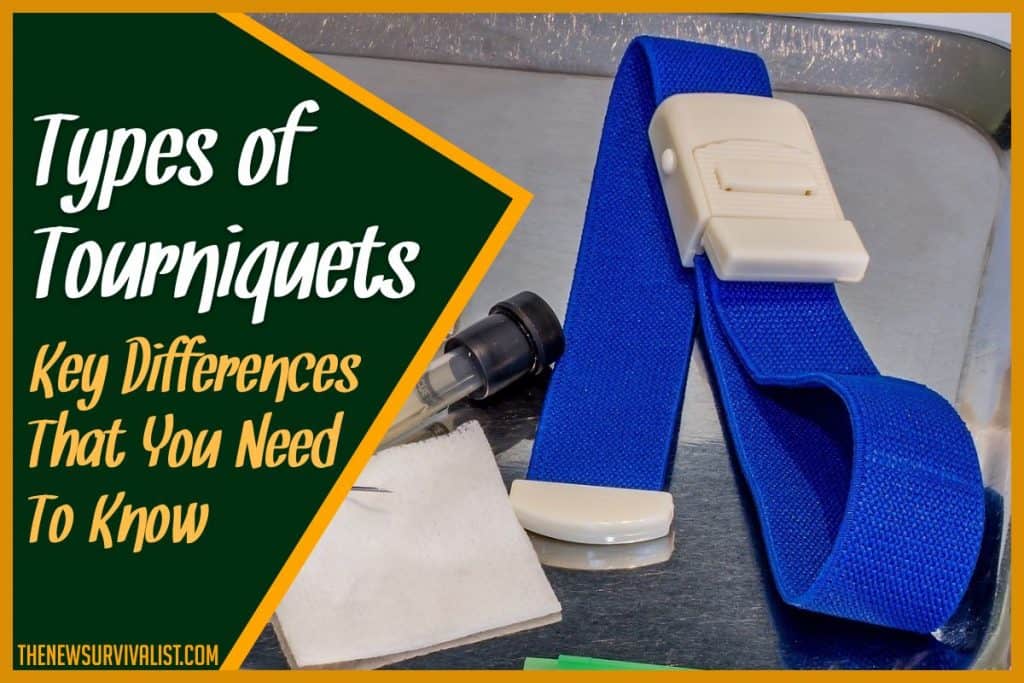The average adult has around 4,500 ml to 5,700 ml of circulating blood. A loss of blood equal to 1/5th or 20% of a person’s total blood volume can already result in serious complications, irreversible brain, organ, or limb damages, and eventually, death.
How fast a person bleeds to death will depend on several factors: the number of severely bleeding wounds, the type of bleeding (arterial, venous, or capillary), and if emergency management was done to slow down the bleeding.
In an emergency setting, a prepper’s knowledge of managing such a crisis can save lives. One of the critical interventions for managing a profusely bleeding wound is applying a tourniquet.
There are 3 types of tourniquet based on the setting it is used. These are clinical, surgical, and emergency tourniquet. All of which have different characteristics that make them appropriate for the event that they are used.
What is a Tourniquet?
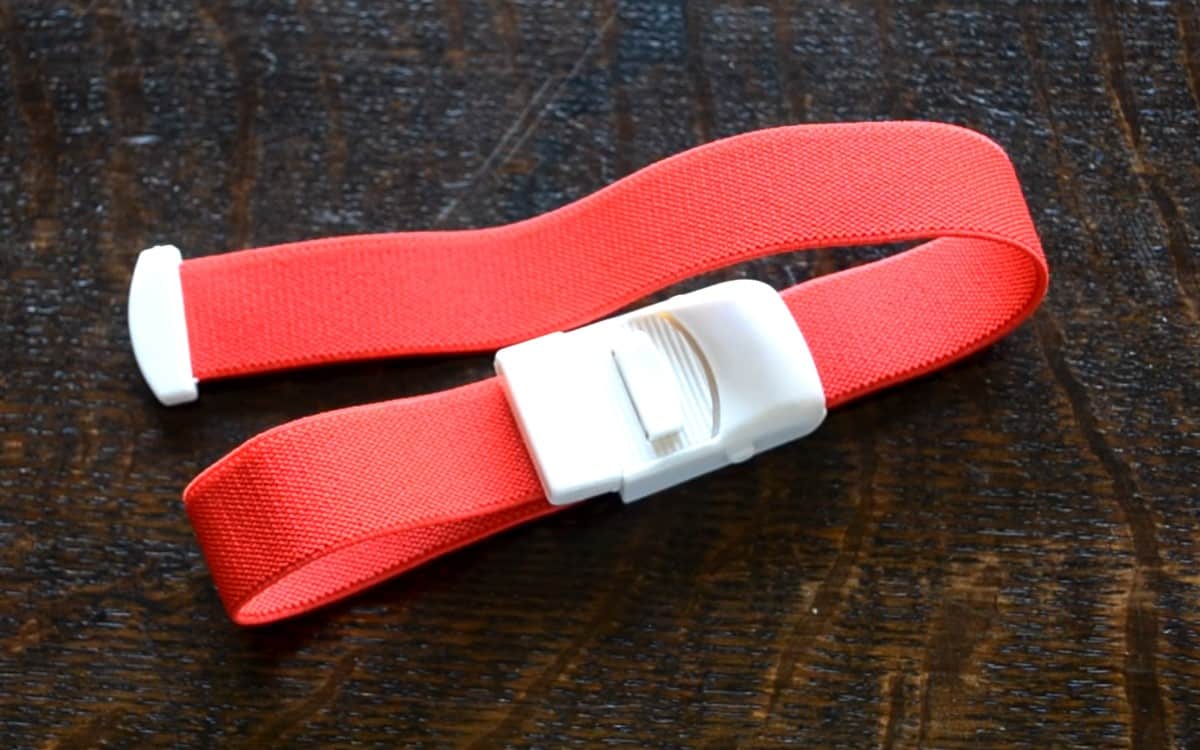
A tourniquet is any object applied externally that can temporarily and physically impede a blood vessel to slow or stop blood flow by applying continuous pressure on a body part proximal to the injury or operative site. This is commonly used in emergency settings to prevent massive bleeding before a person can be brought to the hospital.
It is also commonly used in surgery to slow down blood flow when operating on a limb. An example is the use of a tourniquet on the upper limb when creating an elbow arteriovenous fistula for hemodialysis.
Clinical Tourniquet
Clinical tourniquets are simple elastic bands used in the hospital for diagnostic and interventional purposes. It is most commonly used in peripheral intravenous access insertion and blood extraction. These are low tension and are not suitable for immediately stopping arterial bleeding.
Surgical Tourniquets
This kind of tourniquet is used by surgeons when operating on limbs. The most common type is inflatable pneumatic cuffs which can produce enough pressure to impede blood flow but can be easily decompressed if the pressure needs to be relieved. It is also used and applied by EMTs and paramedics in emergency settings. Because surgical tourniquets are used by medical professionals, it may be difficult to get access to this type of tourniquet.
Emergency Tourniquet
Emergency tourniquets are the ones issued to military medics, paramedics, rescue personnel, and is often stocked by survivalist and preppers. These are lightweight, sturdy, and durable bands or strap capable of stopping arterial bleeding and boast the second-fastest setup time, second only to the clinical tourniquets. Although the clinical tourniquets can be set up the fastest, it is useless in an emergency setting when a profuse bleed needs to be stopped immediately.
Different Kinds of Emergency Tourniquets
Among preppers and survivalists, emergency tourniquets should be an essential part of their Hemorrhage Kit. A tourniquet can be made on the spot using different materials, but nothing beats the ease of use and faster setup time of a dedicated emergency tourniquet.
Combat Application Tourniquet
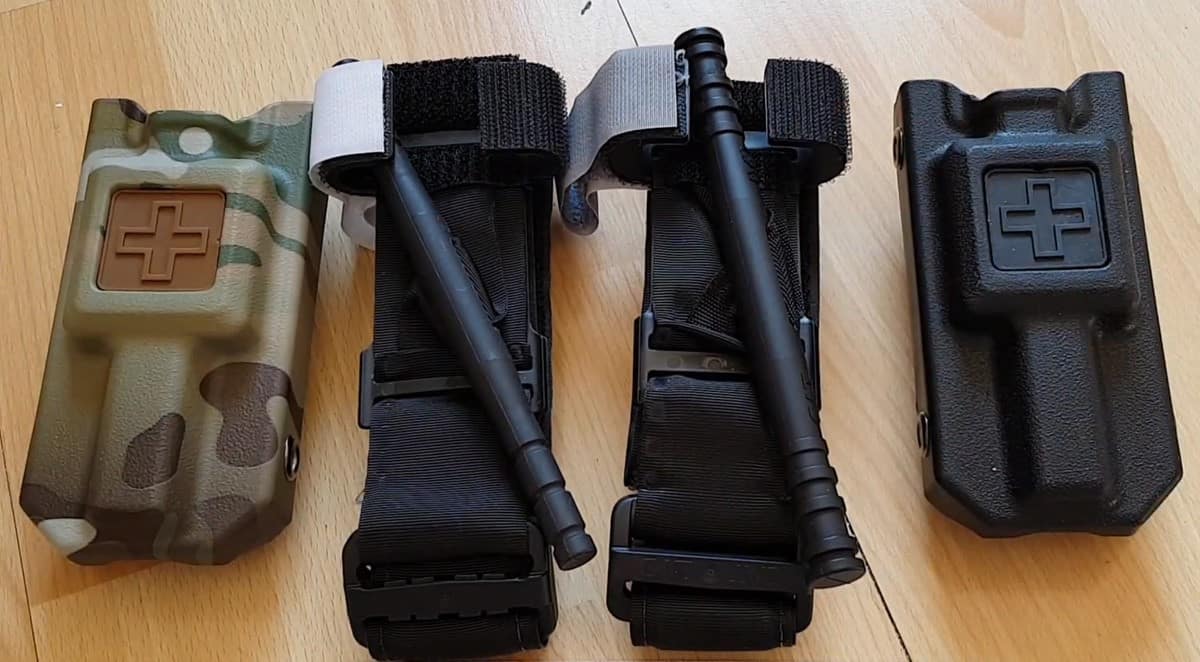
CAT is one of the officially approved tourniquets used by the US Military, and also one of the oldest emergency tourniquets used by soldiers. It is a closed-loop, one-handed tourniquet, tightened with a windlass mechanism.
The newest CAT Gen7 has a patented free-moving internal band that applies an even circumferential pressure. After tightening, the windlass clip with bilateral buttress locks the windlass rod in place ensuring the pressure is maintained.
Military Emergency Tourniquet
MET is a lightweight, open-loop tourniquet with an aluminum windlass and a sturdy nylon strap. When needed, it comes apart completely and does not need to be cinched down completely before operating the windlass.
One hand application is also possible with the help of securing points that lock the windlass in place, and an adjustable hook and loop (Velcro) to keep it in place.
Emergency Medical Tourniquet
EM tourniquets are the same ones used in surgery. These are pneumatic cuffs similar to a blood pressure monitoring device without the pressure gauge. It can sometimes be seen on kits of EMTs and paramedics.
However, it is bulky and applies an uneven pressure, with the highest applied on the middle of the cuff, and becomes non-existent as it reaches the edges.
Mechanical Advantage Tourniquet
MAT is a closed-loop tourniquet with a C shaped plastic for easier application. It has different sizes for upper and lower limb applications. This tourniquet is tightened by turning a plastic dial attached to the plastic C structure.
The C shaped plastic structure makes this tourniquet bulky. Having 2 different sizes is also an issue as it makes it necessary to carry at least 2 bulky tourniquets. Another issue is that the strap needs to be secured before the internal system of the dial for tightening is engaged.
Ratcheting Medical Tourniquet
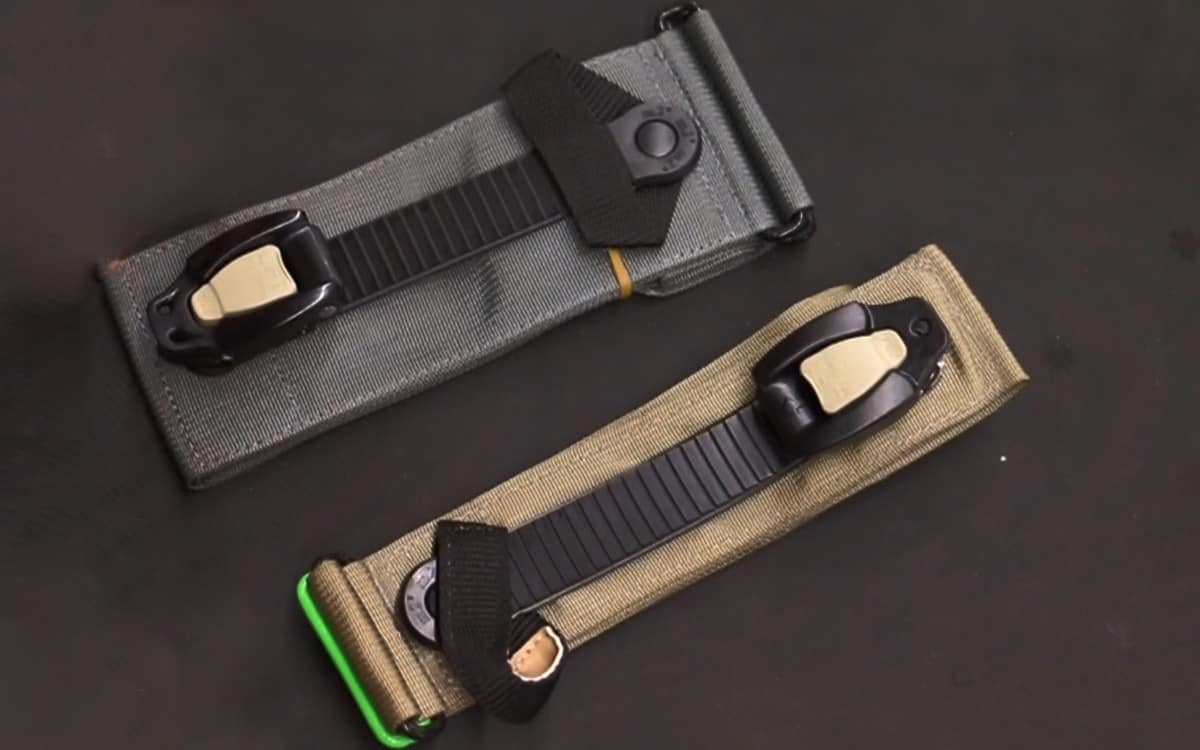
This kind of tourniquet is a closed-loop system that uses a ratchet mechanism to achieve pressure application instead of a windlass mechanism. It is lightweight and is wider than the CAT. One hand application can be done thanks to a pull tab that can be bitten to secure and remove any slack before using the ratchet to further tighten the strap.
However, there are better tourniquets in the market that do not require the use of the mouth for a one-hand application.
Special Operations Forces Tourniquet (SOF-T and SOF-T WIDE)
SOF-T and SOF-T Wide are open-loop systems that are tightened by a windlass mechanism and are secured in place by 2 tri-rings. It also has a safety screw which can be tightened to secure the tourniquet in place to prevent accidental loosening during tactical movement.
NATO Tourniquet
The NATO tourniquet is a simple strap with a buckle and a large plastic or metal handle for easy gripping and tightening. The strap is wrapped around the limb multiple times to achieve sufficient pressure to stop bleeding and is secured by locking the handle to the buckle. One hand application is possible.
SWAT-T
SWAT-T is an elastic band tourniquet that has no tightening mechanism. To apply pressure, the band needs to be wrapped around multiple times and tucked unto itself to be secured. There is a risk of not being able to apply enough pressure to stop the bleeding. Although, the simplicity of this device enables untrained individuals to use it fast and with ease.
TK4 Tourniquet
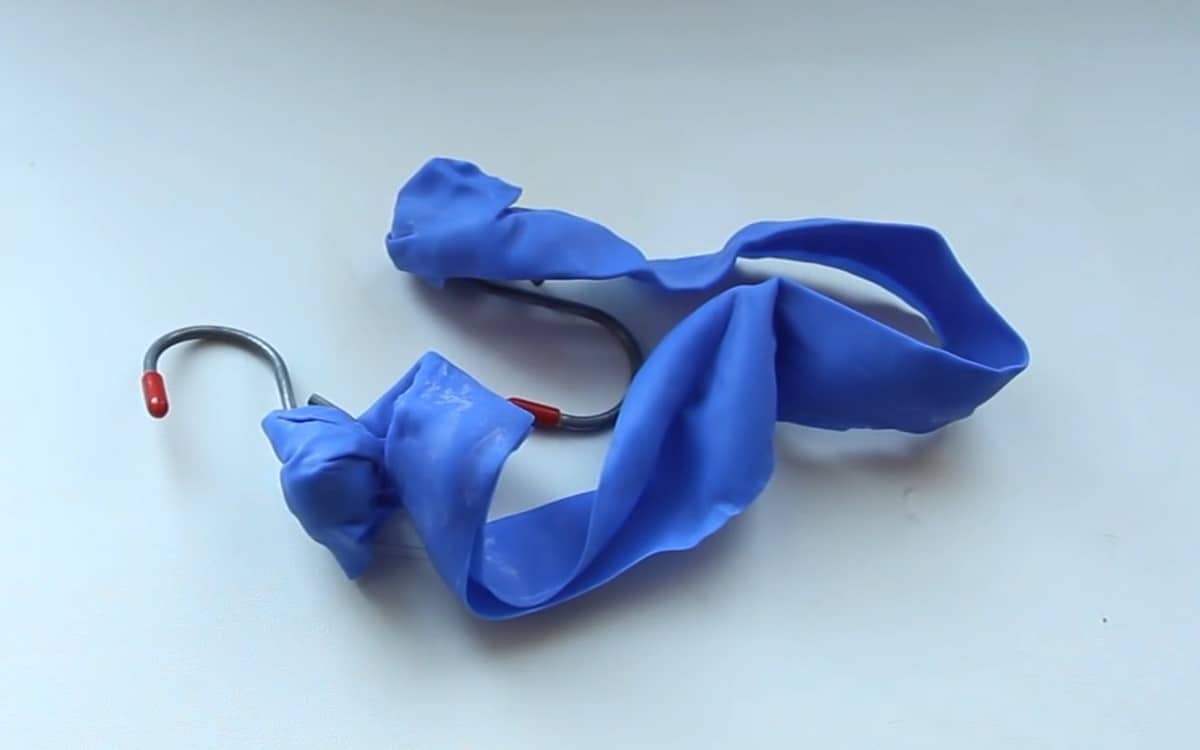
TK4 is another simple tourniquet made only with an elastic strap with 2 hooks at both ends. To apply pressure, the strap is wrapped around the limb and one of the hooks is used as a lever to secure it in place, before wrapping the rest of the strap around to increase pressure.
This tourniquet, along with the SWAT-T are exclusively two-handed tourniquets and are impossible to apply with one hand.
Proper Use of an Emergency Tourniquet: When and How to Use It.
The correct application of a tourniquet is lifesaving. But the incorrect and improper use is equally detrimental. As such, one must have the knowledge and training to be able to use these devices safely.
When to use it?
- In cases of severe bleedings of a limb that cannot be stopped by applying enough direct pressure on the wound.
- Traumatic amputations of a limb.
- Large lacerations where direct pressure application is impossible.
When not to use a tourniquet?
- It is contraindicated to use a tourniquet to stop any bleeding on the neck and the head. This is because the most suitable place to use it is on the neck. The pressure applied by a tourniquet is too great, and impeding the blood to the head and the brain will result in death.
- A tourniquet cannot be used on any other body parts aside from the limbs.
How to Use a Tourniquet

- Find the source of the bleeding and try to apply enough direct pressure.
- If applying direct pressure fails, it is time to use a tourniquet.
- Take out the tourniquet and position it 2 to 3 inches above the bleeding wound. It is best to apply any tourniquet directly on the skin to ensure a tight fit. Do not apply a tourniquet on a joint or on top of any object like keys, smartphone, or coins. If the clothing cannot be removed, make sure to tighten the tourniquet properly.
- Apply the tourniquet, and tighten it just until the bleeding stops or the pulse at the distal part of the limb is gone. Do not tighten a tourniquet too much because it can cause other injuries like nerve damage and loss of a limb.
- Secure the tourniquet and do not remove or loosen it unless said otherwise by a medical professional.
Prepping for survival should include knowledge and some training on the proper use of this equipment. These are handy tools that greatly improve the chance of survival when available, and used correctly. Every prepper should include these items in their Hemorrhage Kit because when SHTF hospitals may become a thing of the past.

